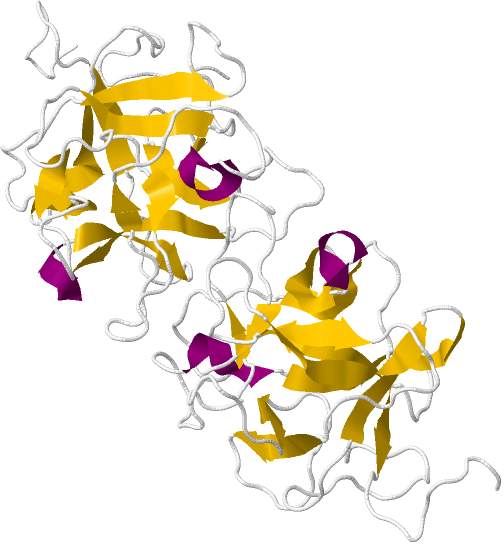Everything You Need to Know About Miraculin
- Andrea Dy
- Apr 8, 2020
- 3 min read

Miraculin is a basic glycoprotein that was extracted from the miracle fruit plant, a shrub that is native to West Africa. First discovered in 1968 by a French explorer and sequenced in 1989 by Japanese scientists, miraculin is the taste modifying protein that gives the miracle fruit its defining property. So today, we are going to discuss everything there is to know about miraculin.
The term miraculin was derived from experiments to isolate and purify the active glycoprotein that gave the berries their sweetening effects, results that were published simultaneously by Japanese and Dutch scientists working separately in the 1960s, to which the Dutch team called the glycoprotein miraculin. The berry that contains it, also known as the miracle fruit, was documented by French explorer Chevalier des Marchais, who searched for many different fruits during a 1725 excursion to its native West Africa. The sweetening properties of Synsepalum dulcificum berries were first noted by des Marchais during expeditions to West Africa in the 18th century. He noticed one of the tribes making use of the berry before meals, and how that specific tribe had a more versatile perception of what was edible around them because of the said berry.
The human sense of taste is categorized into five basic tastes: sweet, salty, bitter, sour, and umami. Each of these is activated when agonist ligands bind to taste receptors on our taste bud cells. Here, agonist ligands are those which bind to, and cause a response by, our taste receptors. The human sweet taste receptor, or hT1R2-hT1R3, is activated by such agonist ligands as the sweet-tasting proteins thaumatin and brazzein, and the sweet-tasting molecules aspartame, saccharin, and sucralose, which are used in artificial sweeteners. Unlike these proteins and molecules, at neutral pH, miraculin acts as an antagonist to hT1R2-hT1R3, binding to the receptor and inhibiting the binding of other sweet-tasting substances. So, while miraculin does not taste sweet itself at neutral pH, it also dampens the sweetness of other substances. At low pH levels (acidic), miraculin shape-shifts, which allows for its active site to bind to the hT1R2 unit of the hT1R2-hT1R3 sweet receptor – this activates the receptor, and we register a sweet taste.
In the past 20 years, interest has once again risen around the miracle fruit for the reason that miraculin may have the potential to compete with or even replace artificial sweeteners in the near future, which have been tentatively linked to other, more serious health issues and are often plagued with unpleasant aftertastes. Miraculin can change the perception of sourness to sweetness, even for a long period after consumption. The duration and intensity of the sweetness-modifying effect will depend on various factors, such as miraculin concentration, duration of contact of miraculin with the tongue, and acid concentration. One thing that could hinder in the way of miraculin becoming a competitive sweetener is simply its possible production demand since miracle fruit is notoriously challenging to grow outside of its natural environment and its scarcity compared with high demand would likely make it too expensive for the average consumer.
Miraculin also has the potential to make unpleasant-tasting substances, such as medicine, palatable. This could be very useful for children. In addition, it has been used to assist cancer patients undergoing chemotherapy treatment. Chemotherapy treatments can sometimes have the unpleasant side effect of making food taste metallic, or simply a prolonged metallic taste in the mouth sans eating. Miraculin has been used, with some success, to relieve this side effect, and help patients to overcome a loss of appetite during a period when they need nutrition.
Miraculin, along with its many health benefits, only has one sole producer – the miracle berry. Experience the mind-blowing effect of miraculin through our freeze-dried miracle berries. Buy Now!
Explore richberry with unlimited possibilities!
For inquiries or more information, you may follow us on these social media platforms:
Facebook: https://www.facebook.com/richberry.ph/
Instagram: https://www.instagram.com/richberry.ph/
Twitter: https://twitter.com/richberryph/
Pinterest: https://www.pinterest.co.uk/richberryph/
Tumbler: https://richberry.tumblr.com/
Citations:











Comments